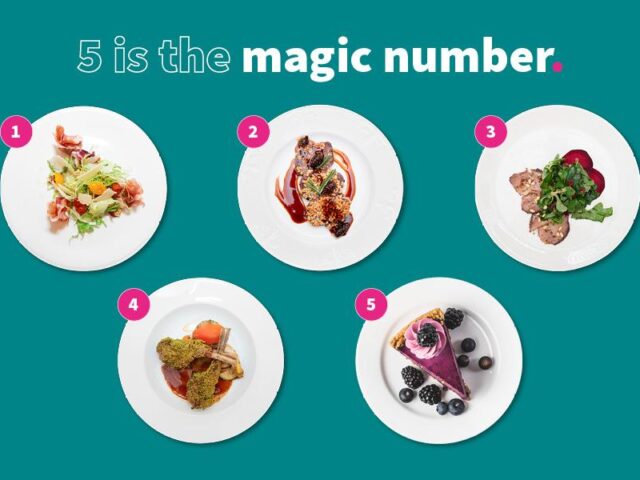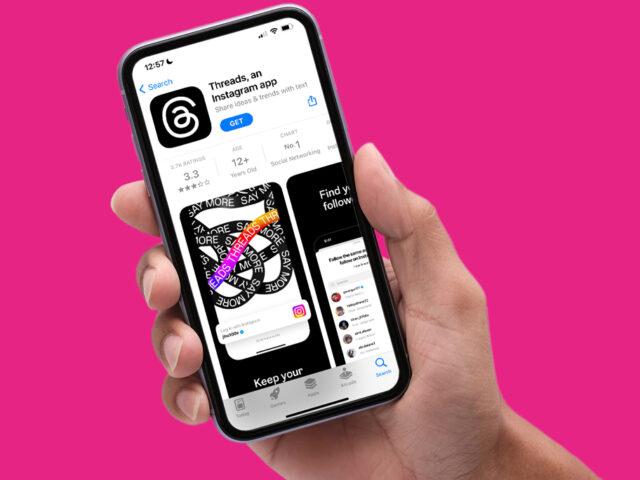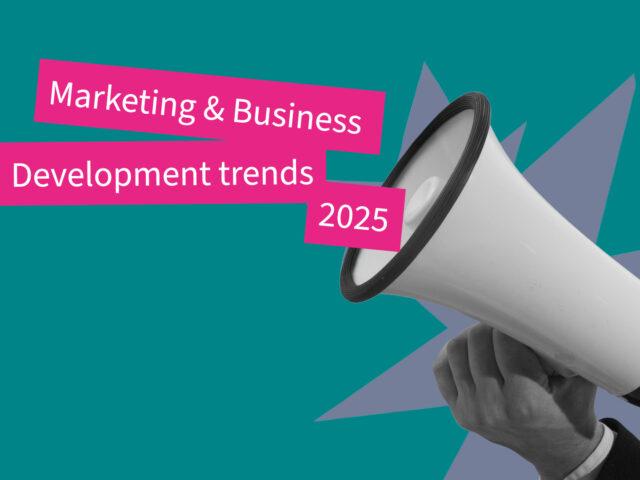SaaS Marketing Explained

Understanding SaaS marketing and the proven strategies for success.
SaaS (Software as a Service) has changed the way businesses deliver software, with users now accessing cloud-based solutions through subscriptions rather than purchasing traditional software licenses. By the end of 2024, the global SaaS market is projected to reach $317.55 billion, up from $273.55 billion in 2023.
As the demand for SaaS grows, marketing strategies must also adapt to this business model. SaaS marketing goes beyond customer acquisition, it requires ongoing engagement to ensure customers remain subscribed. This post explores what SaaS marketing is, why it’s different and the proven marketing and business strategies to promote SaaS solutions.
What Is SaaS Marketing?
SaaS marketing refers to the promotion of cloud-based software, and unlike traditional product marketing which aims to drive one-time purchases, SaaS marketing is focused on acquiring sweet-spot customers, nurturing long-term relationships and minimising churn. It’s about creating awareness, converting leads and ensuring customers continuously see value in the SaaS solution over time.
Why SaaS Marketing Is Different
SaaS businesses rely on customers renewing their software subscriptions, meaning retention is just as important as acquisition. Therefore marketing doesn’t end with a sale; it’s about continuing throughout the customer lifecycle, focusing on value and customer success. Here are a few reasons why SaaS marketing and business development is different:
Longer Sales Cycles
SaaS buyers often need time to evaluate the product, typically using free trials to see if the software solution fits their needs. This leads to a longer sales cycle where the marketing team needs to nurture leads with valuable content and clear communication about the product’s benefits, developing interest levels through to conversion.
Product-Led Growth (PLG)
In SaaS marketing, the product often becomes the primary marketing tool. Potential customers need to experience the SaaS product to understand its value, so offering a seamless onboarding experience and clear, guided tours during free trials is essential.
Digital Approach
SaaS marketing strategies heavily depend on digital channels. The key to this is targeting potential customers across platforms through content marketing, SEO, PPC, and direct email campaigns. SaaS marketers must be experts in digital marketing to ensure their product stands out in a crowded marketplace. At Definition Consulting we helped a Field Service Management SaaS company become a leader in their sector and achieve their growth objectives.
Proven SaaS Marketing Strategies
Content Marketing
Creating value-based content is one of the most effective ways to attract potential customers. Blogs, case studies and webinars are great tools for positioning your brand as a thought leader in your industry. By addressing the common pain points that your target audience experiences, you can demonstrate how your SaaS product offers the solutions they need. For example, answering specific questions or offering how-to guides can drive engagement and organic traffic. These information pieces can often be used as lead magnets, where gated content on how to remove problems is downloaded by users creating vital data for sales teams to follow-up on.
Free Trials
Offering free trials or a freemium version of your SaaS product allows users to experience the product’s value without risk. SaaS companies often see substantial conversion rates from free trial users, as User Pilot reported, 62% of SaaS companies generate more than 10% of their business this way.
A well-structured free trial with clear onboarding and continuous value reminders can lead to increased conversions.
Search Engine Optimisation (SEO)
SEO can also play a huge role in SaaS marketing by driving organic traffic. Through careful targeting of high-value keywords and optimising website and content, you can attract potential customers at different stages of the buyer’s journey. SaaS companies that rank for keywords related to their product’s specific features or industry problems are more likely to build trust with searchers, guiding them to explore further.
Paid Advertising (PPC)
While organic traffic is a free approach, paid ads can provide that quick boost, particularly for niche keywords or reaching specific demographics. Platforms like Google Ads and LinkedIn offer opportunities to target decision-makers and IT professionals in your niche market.
Integrating Marketing and Business Development
For many SaaS customers choosing a software solution to help run an aspect of their business is a long-term investment. While many SaaS models mean customers aren’t tied in, savvy buyers know that the time they spend setting up and training internal teams to use the software is not something they want to keep doing, as this will only disrupt the business, cause unnecessary cost and frustrate employees, which in turn can affect productivity and staff retention.
Buyers of high value SaaS solutions that improve whole operations within their business respond best to an integrated marketing and business development approach. This is when business development and marketing work hand in hand, from seeing an advert on LinkedIn or Google to being diverted to a bespoke industry landing page, integrated business development may include a sales person following up with a useful whitepaper and tailored demo, referring them to relevant customer examples and showing prospects a business case and ROI calculator that make sense for their exact type of business. When you integrate marketing and business development efforts you can convert large SaaS deals.
The Best Metrics to Track for SaaS Marketing
Success in SaaS marketing is driven by tracking several key performance indicators (KPIs):
- Customer Acquisition Cost (CAC): How much it costs to acquire a new customer.
- Customer Lifetime Value (LTV): The total revenue a customer generates during their relationship with your company.
- Churn Rate: The percentage of customers who cancel their subscriptions.
- Monthly Recurring Revenue (MRR): The consistent revenue generated from subscriptions each month.
SaaS marketing is distinct because of its recurring revenue model, product-led approach, and reliance on digital-first strategies. By leveraging content marketing, free trials, and SEO, and by tracking key metrics, SaaS businesses can build sustainable growth and reduce churn.
Whether you’re a startup or an established SaaS provider, these strategies will help you stay ahead of the competition and drive consistent growth in a crowded marketplace.
We’d love to hear about your experiences with SaaS marketing! If you’re looking to refine your marketing and business development strategy for better results get in touch with us at Definition Consulting.







